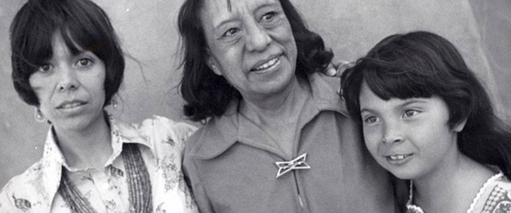Culture Shock: Honoring Blood And Culture
The Artistic Legacy Of A Matriarchal Dynasty


IPCC
Latest Article|September 3, 2020|Free
::Making Grown Men Cry Since 1992


IPCC


